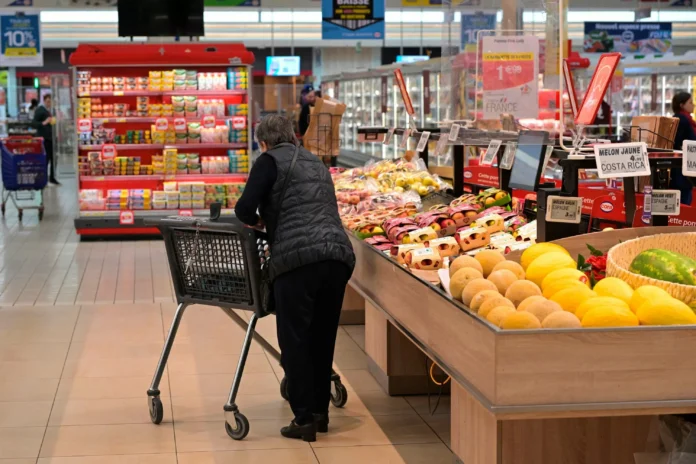World food prices have been on the rise for the second consecutive month in April, according to the latest report from the Food and Agriculture Organization of the United Nations (FAO). This news may come as a concern to many, but there is no need to panic. The increase in prices is mainly due to higher meat prices and small increases in vegetable oils and cereals, which have outweighed the declines in sugar and dairy products.
The FAO Food Price Index, which measures the monthly change in international prices of a basket of food commodities, averaged 170.1 points in April, up 1.5% from March and 2.3% higher than the same period last year. This is the highest level since June 2018, but still well below its peak in 2011.
One of the main factors contributing to the rise in food prices is the increase in meat prices. The FAO Meat Price Index rose by 3% in April, with prices for all types of meat, including beef, pork, and poultry, increasing due to strong import demand from Asia and the Middle East. This is a positive sign for farmers and producers, as it reflects a growing demand for their products.
Another contributing factor is the small increase in vegetable oil prices, which rose by 0.4% in April. This is mainly due to higher prices for palm, soybean, and sunflower oils, as well as a weaker US dollar. However, the overall vegetable oil prices are still 10% lower than the same period last year, providing some relief for consumers.
Cereal prices also saw a slight increase of 0.7% in April, driven by higher prices for wheat and maize. This is partly due to concerns over weather conditions affecting the production of these crops in major producing countries. However, the overall cereal prices are still 2.8% lower than last year, providing some stability in the market.
On the other hand, sugar prices saw a decline of 1.2% in April, due to a large surplus in the global market. This is good news for consumers, as it means lower prices for this essential commodity. Dairy prices also saw a decline of 2.2%, mainly due to lower prices for butter and cheese.
Despite the overall increase in food prices, the FAO Director-General, Qu Dongyu, reassures that there is no need for alarm. He states, “The price trend for most cereals, vegetable oils, and dairy products is expected to remain stable, while meat prices could rise further, mainly due to a rebound in import demand from China.”
Moreover, the FAO expects global cereal production to reach a record high in 2020, which will help stabilize prices in the coming months. This is good news for both producers and consumers, as it ensures a steady supply of food at affordable prices.
The rise in food prices is also a reflection of the growing demand for food, especially in developing countries. As the world’s population continues to grow, so does the demand for food. This highlights the need for sustainable and efficient food production to meet the needs of a growing population.
In addition, the COVID-19 pandemic has also played a role in the increase in food prices. The disruption in supply chains and trade restrictions have affected the availability and distribution of food, leading to higher prices. However, with the easing of lockdown measures and the resumption of trade, the situation is expected to improve in the coming months.
It is important to note that the rise in food prices is not a cause for concern, but rather an opportunity for growth and development in the agricultural sector. It is a sign of a growing demand for food, which can lead to increased investments and innovations in the industry. This will not only benefit farmers and producers but also contribute to food security and economic growth.
In conclusion, the rise in world food prices in April may seem alarming, but it is not a cause for panic. The increase is mainly due to higher meat prices and small increases in vegetable oils and cereals, which are expected to stabilize in the coming months. The FAO assures that there is no need for concern, and the situation is being closely monitored. Let us use this opportunity to work towards sustainable and efficient food production to meet the growing demand for food.


